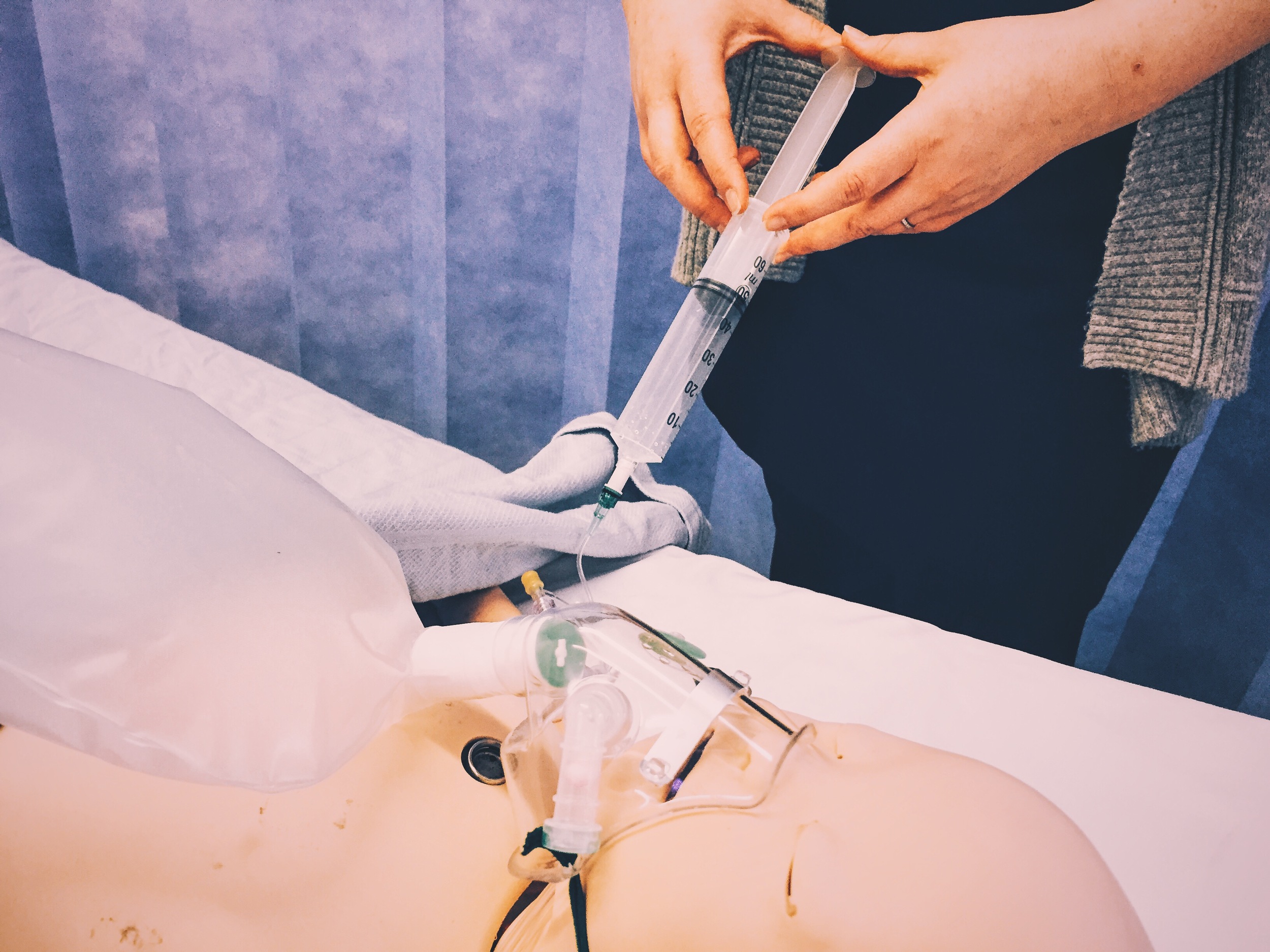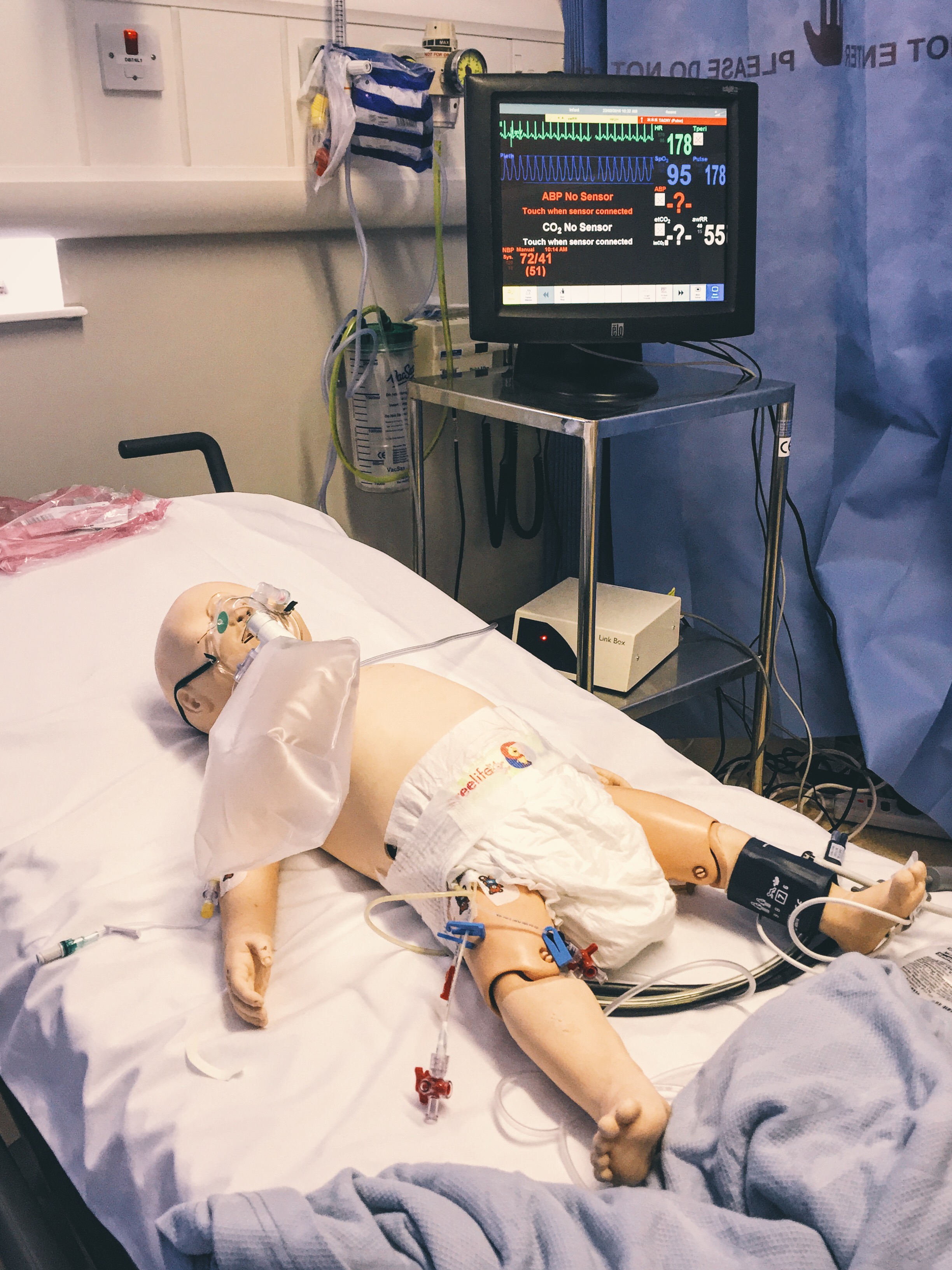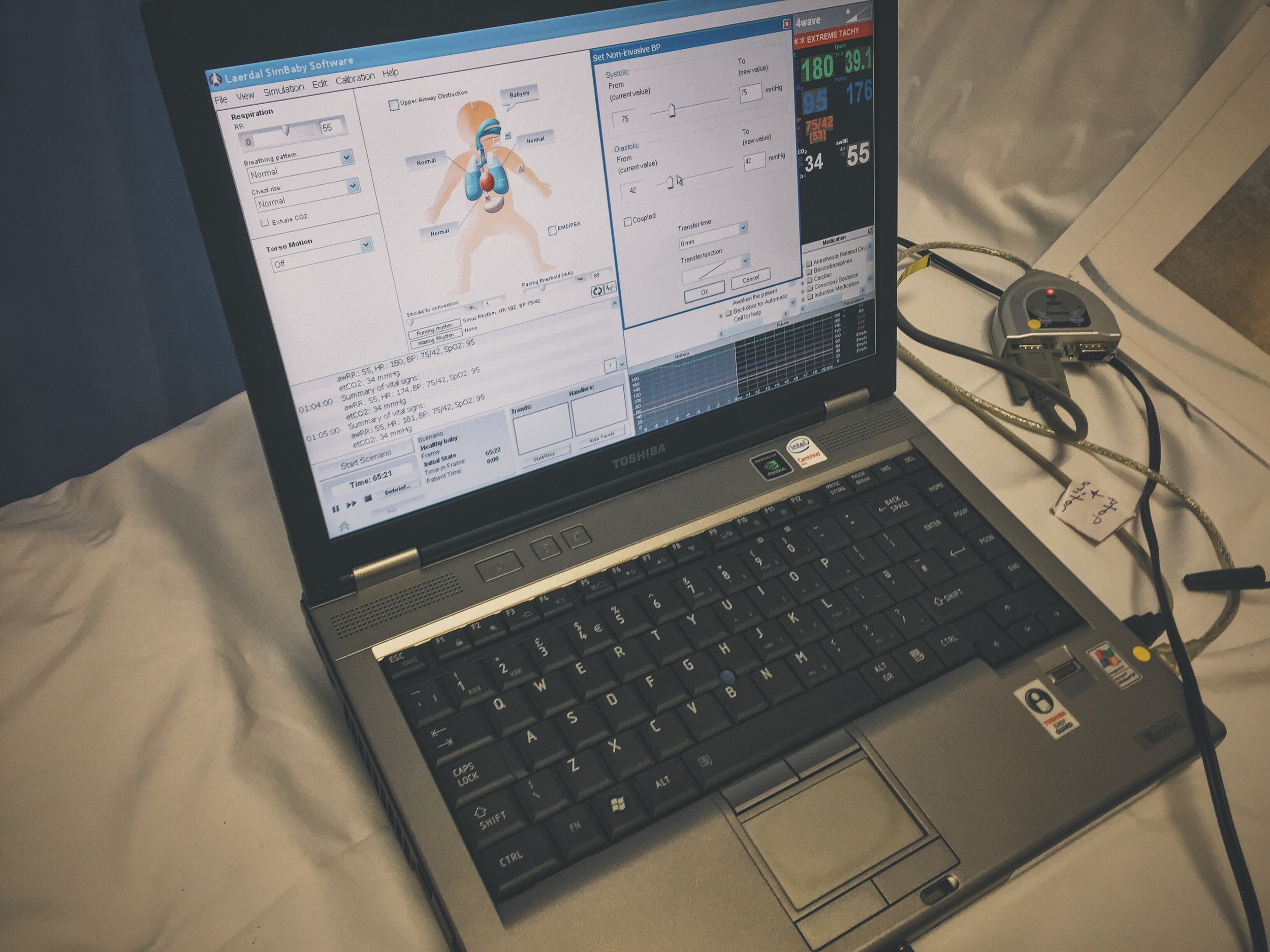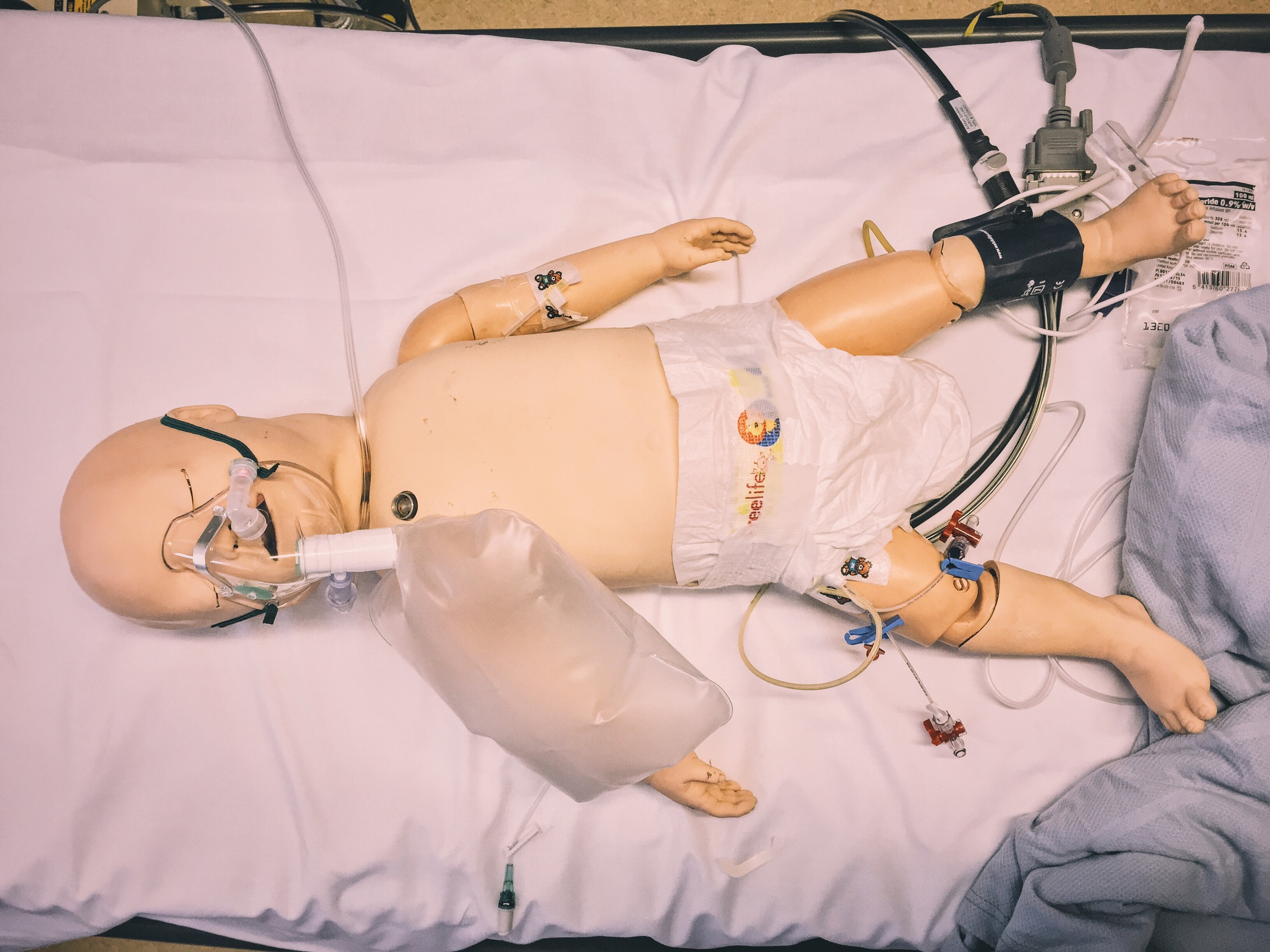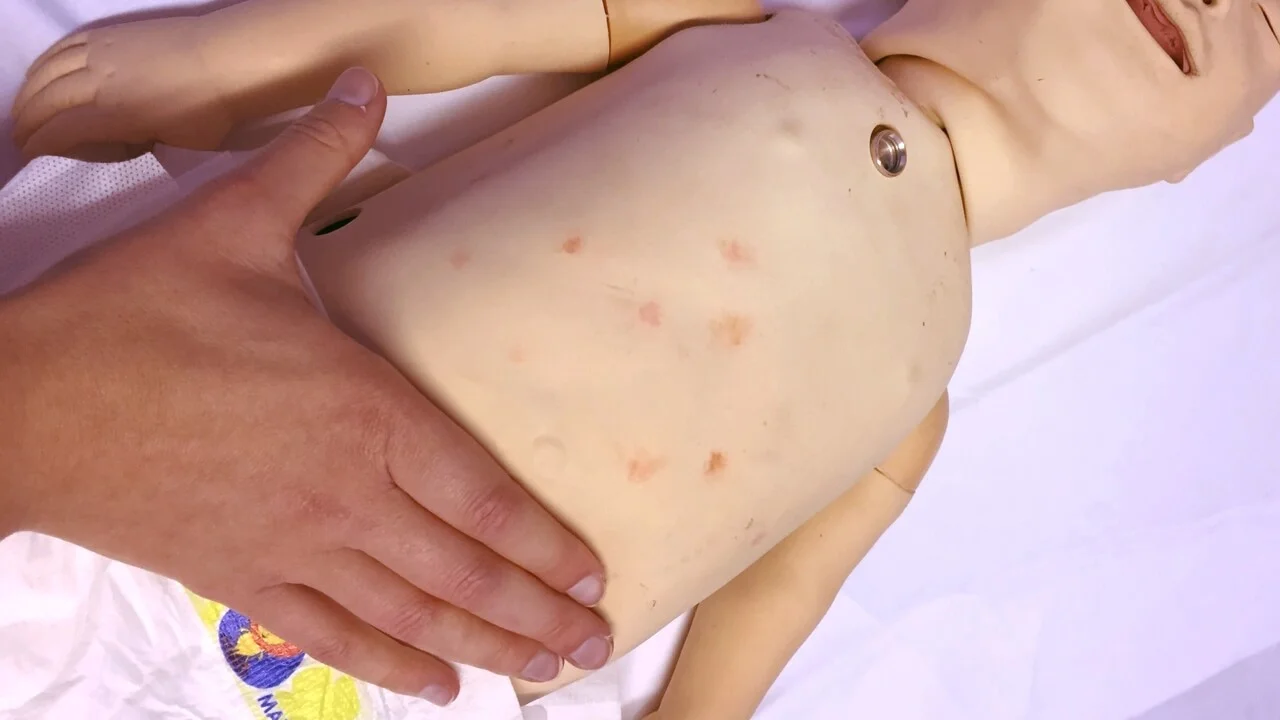#SimBlog: Septic Baby
““8-month-old, brought in by ambulance with a history of fever and irritability. The crew are concerned that he is peripherally shut down.””
Observations
A – Crying
B – RR 58, SpO2 90% in air
C – HR 188, CRT 4 secs, BP 71/40
D – Lethargic
E – Temp 39.1°C
Clinical findings
Cold peripheries
Rash on torso
Why we simulated?
Despite advances in healthcare, 'infections remain the leading cause of death in children under the age of 5 years.' [1]
Feverish illness is very common in children and often represents a mild viral illness. However, fever may also be the presenting feature of serious bacterial infections including meningitis and pneumonia.
It is important therefore that clinical teams in the emergency department are well equipped with the skills to recognise the signs of red flag sepsis and initiate the appropriate treatment rapidly.
The videos below have been produced by Dr D Roland and cover Sepsis in Children and the use of Screening tools. For more resources on the critically unwell child take a look at our PEM Course.
References & Further Reading:
- NICE Guideline: Fever in under 5s: assessment and initial management (CG160)
Learning outcomes
Assigning appropriate roles to individuals prior to patient arrival facilitates effective team working.
Verbalising when key treatment steps are undertaken ensures the whole team has a clear picture of the clinical situation.
Positive feedback
Proactive use of pre-alert time to prepare for patient arrival.
Good example of closed loop communication when administering oxygen to patient.
Identified and appropriately treated suspected sepsis.



